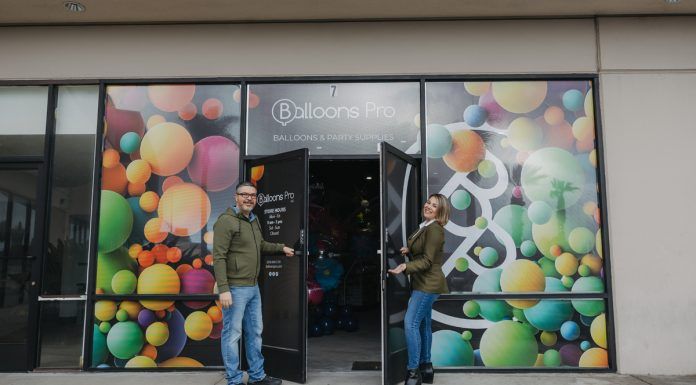
Last week, Chula Vista became the first city in California and the seventh city in the country to be certified as a Welcoming City by Welcoming America, a nonpartisan nonprofit organization with the mission of transforming communities into more inclusive, prosperous places.
This recognition follows Chula Vista receiving the second highest score in the nation in New American Economy’s annual Cities Index, which was published in November and evaluates immigrant support and integration.
“My parents were immigrants and I’m an immigrant myself, it’s really just a reflection of who Chula Vista is, it’s that merging of old and new… this acknowledgement of continuing to be proactive is very near and dear to my heart,” Human Relations Commission Chair Paola Martinez Montes said.
More than 30 percent of the Chula Vista population is foreign born, according to 2017 United States Census estimates.
In order to become a certified Welcoming City, cities must undergo an extensive application process and score 90 percent or higher in seven categories: government leadership, equitable access, civic engagement, connected communities, education, economic development and safe communities.
Each category is scored based on a variety of requirements and corresponding indicators. For example, the government leadership category requirements include having a policy in place that designates a unit focused on immigrant inclusion work and having programs in place that promote and advance immigrant inclusion.
According to Montes, Chula Vista began the application process just after Welcoming America was first established in 2017, through a resolution that aimed to affirm city immigration policies and join the Welcoming America network.
The first step for all applicants is filling out a short application form that covers basic budget, structure and oversight information. After that, applicants have to self assess their cities through a detailed form provided by Welcoming America.
Montes said that during the self assessment process the Human Relations Commission met with a variety of local organizations including South Bay Community Health Services and Southwestern College to get their feedback about whether or not the city was doing enough to support immigrants.
After the self assessment was completed, a two-day in person audit was scheduled where Welcoming America staff met with local organizations and residents. Montes said based on their findings, Chula Vista needed to do more work to provide wider reaching language access.
From there, the Human Relations Commission took action to make speaker slips available in Spanish at city council meetings and have bilingual staff welcoming people that attend council meetings to guarantee that attendees are aware of the speaker slips.
“We want to make sure there’s a different engagement of immigrants in the city… they’re contributing by not just being present, but actively contributing to how the city is making decisions,” Montes said.
After making improvements to language access, the city of Chula Vista resubmitted their Welcoming America application and developed an implementation plan to expand immigrant inclusion.
To compile the plan, with the input of both internal and external city partners including library, recreation, cultural arts, housing and Healthy Chula Vista staff, South Bay Community Services, Sweetwater Union High School District and Chula Vista Elementary School District.
The 20-page plan, entitled “Welcoming Chula Vista,” was approved by the city council on Oct. 22 and outlines more than 45 initiatives that fall into the seven categories that Welcoming America analyzes.














